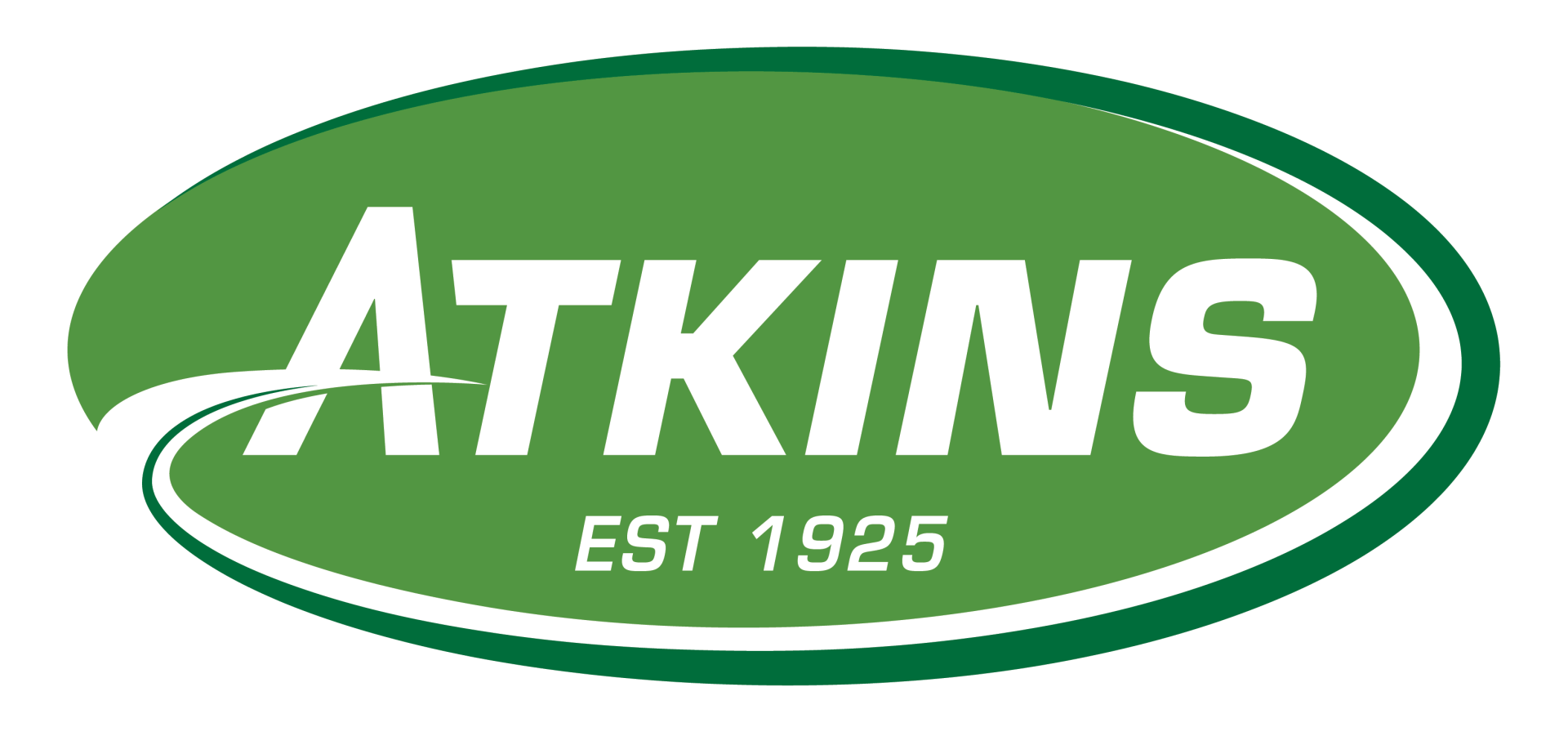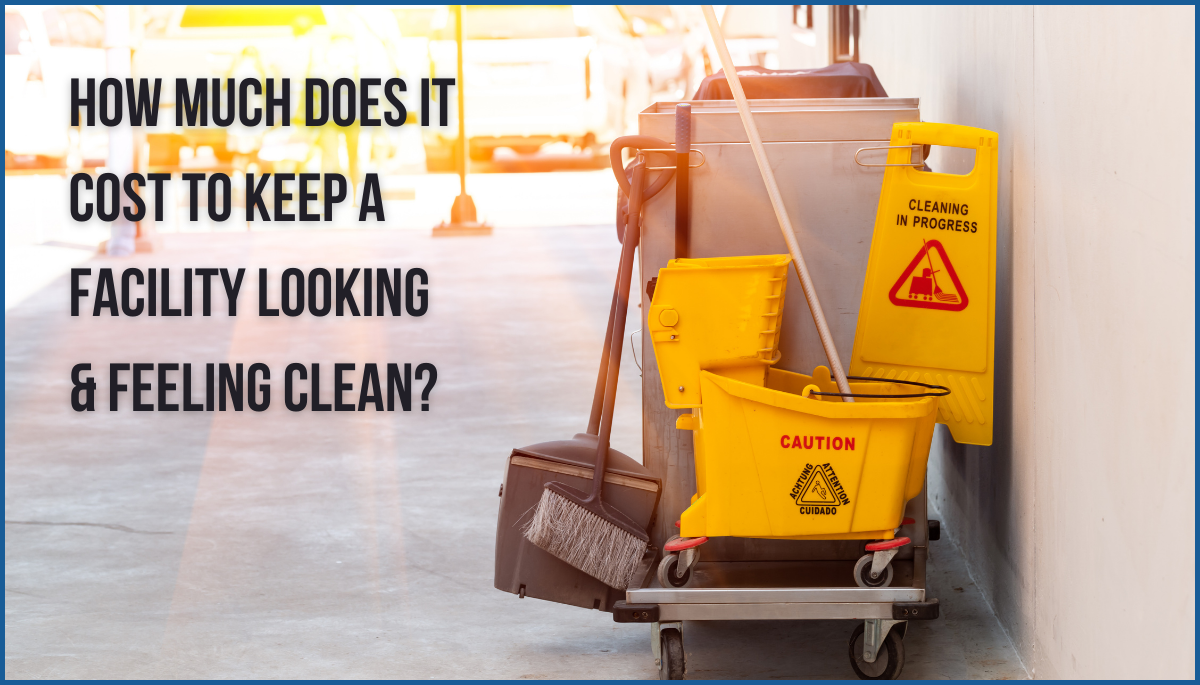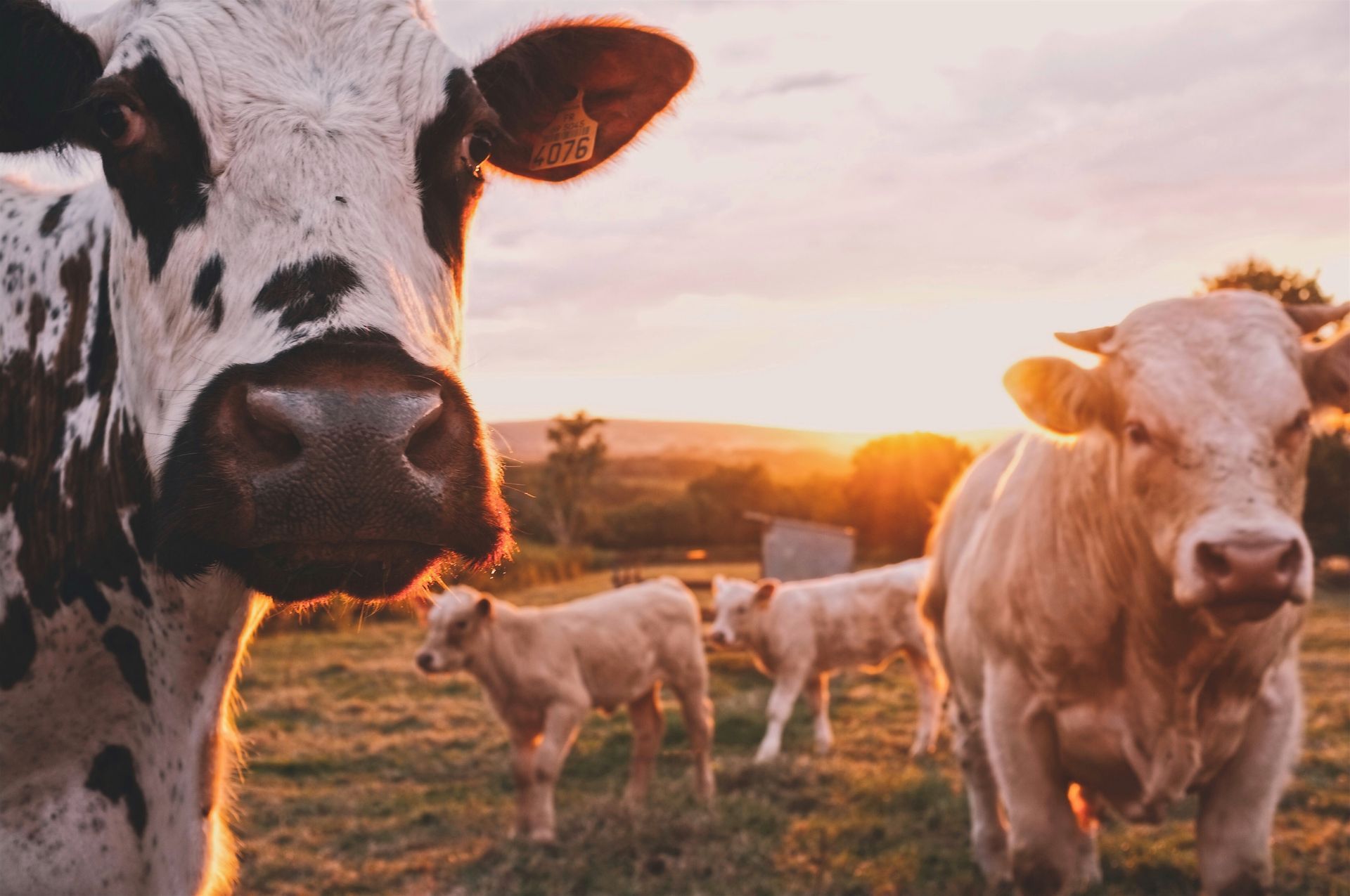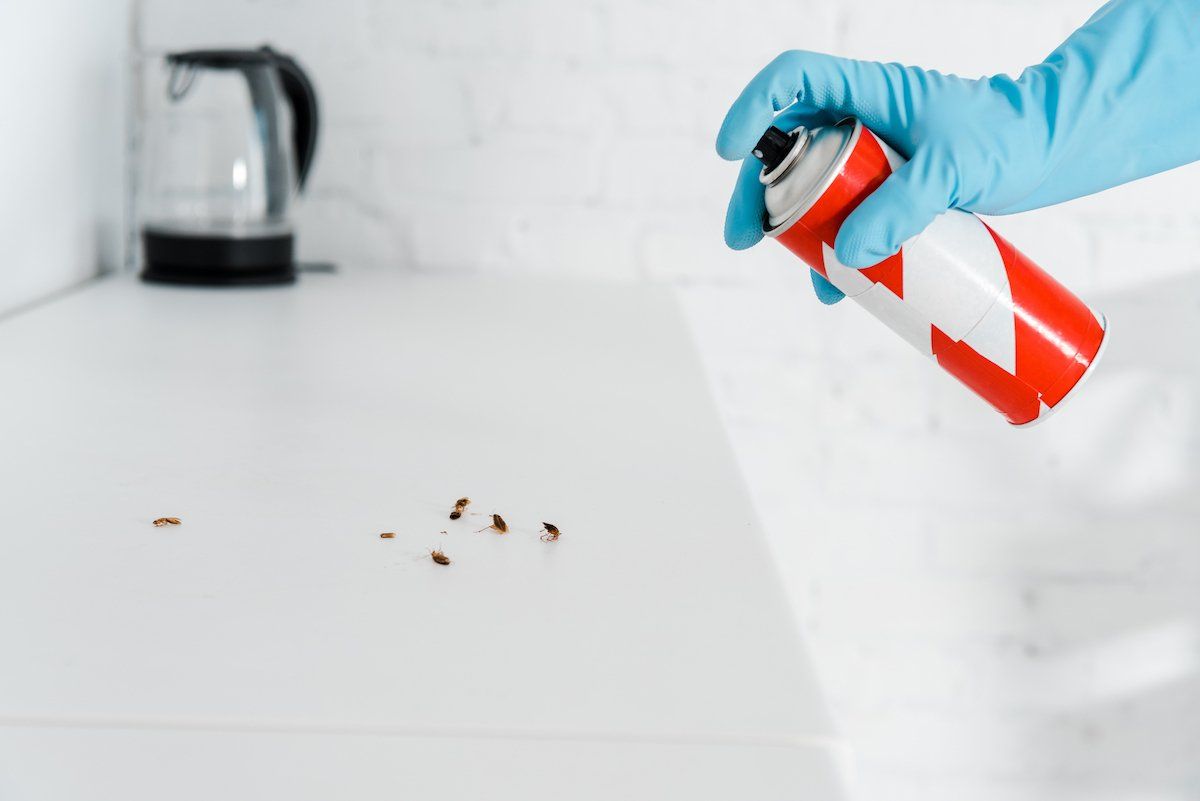This troublesome weed is often misunderstood, and we get calls on it all of the time. So we put together this list of tidbits to help you better understand this plant and how to control it!
- Crabgrass is an annual plant that germinates in the spring and then dies in the fall with cooler temps and frost
- One crabgrass plant can produce thousands of seeds and these seeds can remain viable for a number of years
- Crabgrass will germinate once soil temps reach and exceed 55 degrees for 4 or 5 consecutive days
- Crabgrass preemergents can help create a barrier at the soil’s surface to control any emerging crabgrass weed seedlings
- Crabgrass preemergents need to be applied before the weeds germinate in order to be effective. For Missouri, this often means trying to get the preemergent in place by April 15th which is typically the end of the frost period
- Properly applied preemergents can help reduce the number of weeds in the lawn for an entire season. Look at singe versus split application options and decide what is best for your situation. Split applications typically are recommended to help to improve upon the longevity of the preemergent barrier. Again, each product is different. Do your homework!
- Preemergent materials vary and you will want to choose the right one for you. Some degrade faster under wet, rainy conditions where others require microbial and UV light to break down over time. It’s hard to know what the season will bring so this is almost as good as a “make your best guess, choose a material and see what happens” situation.
- If you need to seed in the spring to fill bare spots, do not apply a preemergent without reading the label first. Most products will hinder your seeding success.
- Crabgrass is an opportunistic weed, in that it will germinate when the conditions favor it which include bare spots or where your stand of grass is thin
- Creating competition may be one of the best solutions to any crabgrass problem. This means that if you have thin turf or any bare spots you must seed them to fill those areas in to reduce the amount of space available for crabgrass and other weeds to emerge and take hold
- Proper mowing, trimming and watering will also play a huge role in keeping crabgrass and other weeds out of the lawn. If you do anything to damage or slow the growth of your stand of turf, you could be opening up a pathway for weeds to enter and emerge in your lawn. This includes mowing too short, scalping the lawn with your string trimmer, not watering during a drought and surface cracks appear in the soil, and many other examples
- Just to be clear, there are a number of reasons why you may have crabgrass in your lawn and crabgrass can be very difficult to manage and control, but we can all take steps to manage the lawn properly in order to reduce the crabgrass pressure. Do your homework, decide if a preemergent is what you need and apply it early if so. Mow high and mow often to keep the soil shaded and soil temps lower. Water as needed throughout the season. And finally, be sure to plan for fall seeding to fill any thin or bare spots!
Need help managing your weeds and lawn? We can help you with that!
CONTACT US TODAY






